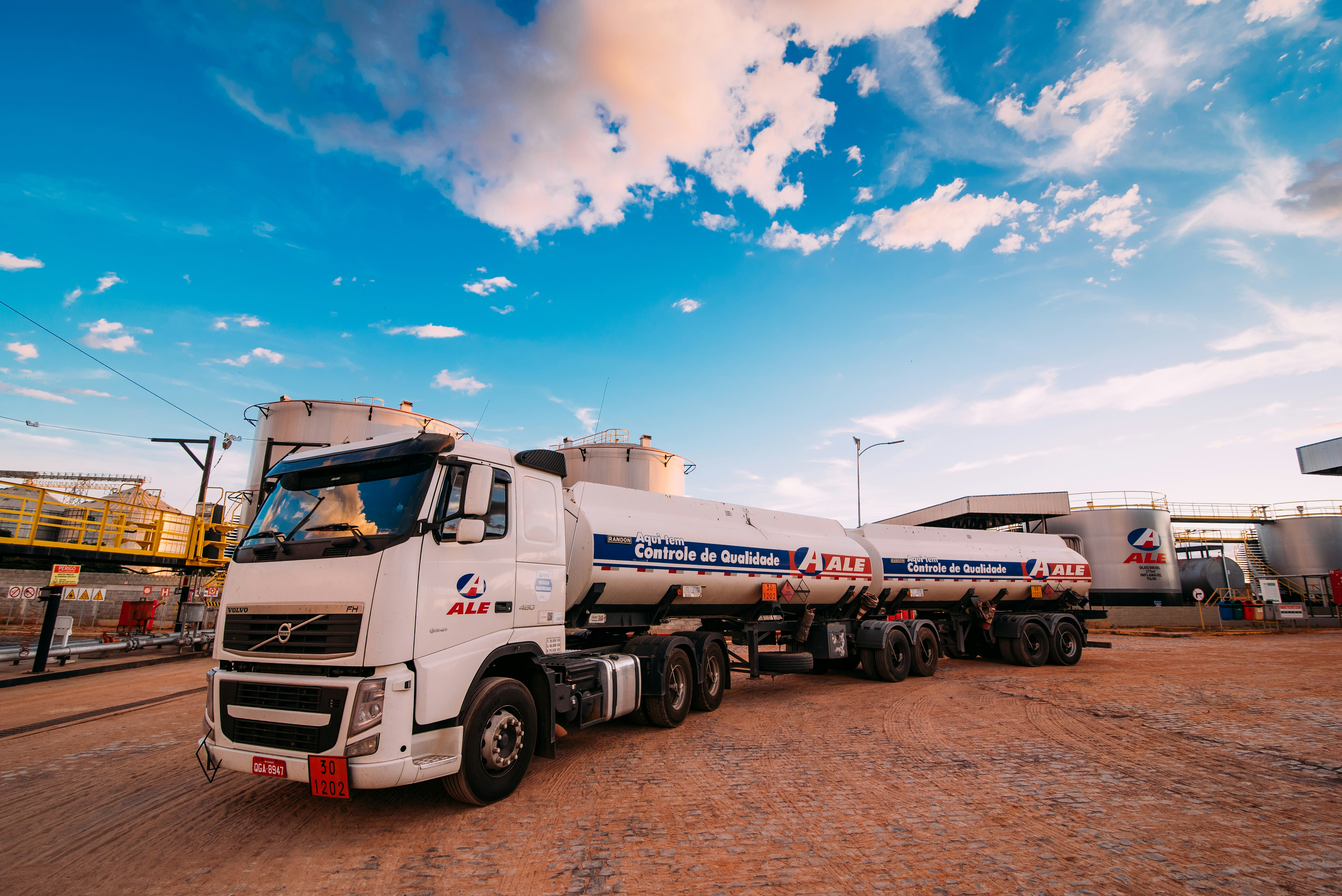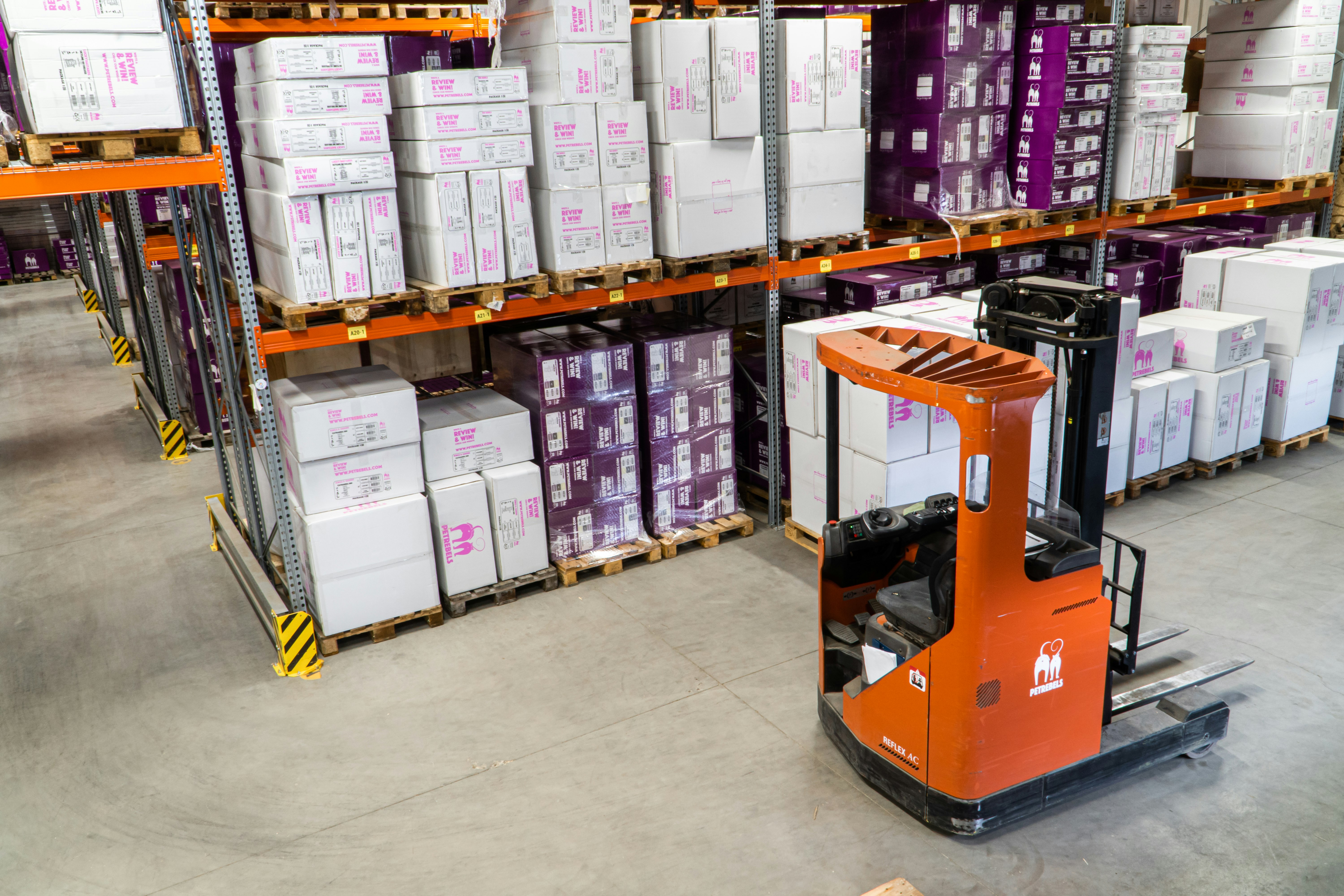Here's a scenario for you. It's one I find myself running into more and more frequently. My opinion is that it's simply a byproduct of the expansion (or collapse) of our world and the way we do business. My question here is not so much about why it works like it does, but why does pulling it off have to be so painful.
No doubt, there are software vendors, service providers, and even consultants trying to tackle the situation as I speak. At the moment, I don't really care who has the best solution. I'm more interested in laying out the logistical issues and business requirements surrounding the increasingly complex supply chain we all deal with.
So here it is... Cecil's Certified Consumables (a supplier) gets a purchase order from his customer, Big Box Blowouts. CCC doesn't actually manufacture anything, and doesn't even like to keep product in inventory. BBB's order needs to go to his manufacturing facility, Taiwan Training Toys (in Taiwan, of course) to be made and shipped. TTT doesn't have any manufacturing facilities either. It contracts with 543 (very) small companies that make the product, package it, and somehow get it to the loading dock ready for loading into the container bound for the US. BBB's order specifies that the goods are to be delivered directly to the company's 1,234 locations across the US because BBB doesn't want to inventory anything either.
The obvious language and time zone issues apart, how can this order get any worse? I suppose the destinations could also be in Canada and Mexico, just to inject another level of customs and duty details, but we'll leave it as all US destinations.
Here are the biggest issues that I see:
-
- Determining where the order is in its process
-
- Creating ASNs
-
- Creating shipping labels
-
- Creating UCC labels
-
- Routing / transshipping
-
- Changing the destination of some of the items prior to their final delivery
There are probably more issues, but these make life tough enough for most of us mortals. I've heard from many of you that the tools and systems you are using simply weren't designed to handle this kind of complexity. Those living with software installations and supporting multiple languages in multiple time zones are probably the ones you see with patches of hair missing from their heads. Ask them if they are accomplishing both their financial and productivity goals and you're likely to get a very long explanation about how they define success.
And here's my question for you... actually, a couple questions.
-
Can traditional application-based systems handle this complex supply chain?
-
Is there any way to enable this complexity so it doesn't become an overbearing burden on those enterprises that run these kinds of supply chains?
-
Even better --- are you using a solution to this problem?
Let me know!! This email address is being protected from spambots. You need JavaScript enabled to view it.
Cheers!
Cecil



















